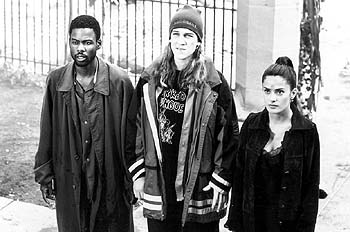

In the following years bureau operations wound down, ending entirely by 1872. Scott resigned the position in July 1867 to enter state politics, one of the few officers in the state to do so. Nonetheless, Scott and his officers sought to balance the interests of former slaves with those of their employers, frequently using Union troops to enforce orders aimed at settling disputes between whites and blacks. This system was preferred by Howard as well as planters who were bringing pressure to bear on the bureau.

A political moderate who favored gradual abolition but also supported civil rights for former slaves, Scott enforced a policy of binding labor contracts between freed people and white planters. Scott came to the position as a typical middle-class northerner, a man who had studied medicine, dabbled in real estate, and tried his hand at merchandising. Scott replaced Saxton as bureau chief in the state and immediately instituted stricter policies on land and labor. 15, through which many freed people in the lowcountry had obtained land. This stance brought him into conflict with Commissioner Howard as well as President Andrew Johnson, who revoked General William Tecumseh Sherman’s Special Field Order No. Saxton focused on land distribution and jobs for freed slaves, and he spoke highly of freed people and pursued policies in their interests.
#Rufus saxton free
Additionally, he had headed the Port Royal Experiment with free labor in the Sea Islands during the war. As a prominent Massachusetts attorney and career army officer, Saxton brought the liberal ideas of northern reformers to the state.

In South Carolina, General Rufus Saxton opened the state bureau in July 1865. Under the leadership of Commissioner Oliver Otis Howard in Washington, D.C., each state had an assistant commissioner, with subassistants under him. The institution, the first federal social welfare bureaucracy in American history, functioned under the War Department. The structure, goals, and accomplishments of the bureau in South Carolina mirrored those in other states. Created by an act of Congress in March 1865, the bureau grew out of efforts by northern Republicans and reformers to bring the free labor society and culture of the antebellum North to the post-emancipation South. The Bureau of Freedmen, Refugees, and Abandoned Lands dispensed poor relief, administered lands abandoned during the Civil War, organized education for freed people, and most importantly, resolved land and labor disputes during the early years of Reconstruction.


 0 kommentar(er)
0 kommentar(er)
